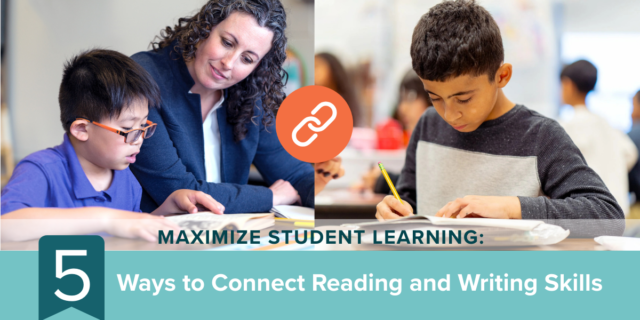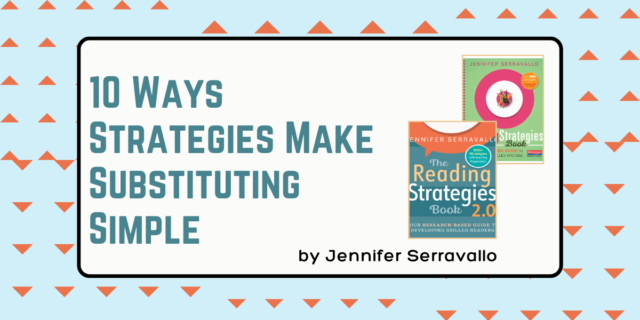
5 Strategies for Making the Most of Multilingual Classrooms
The development and growth of children’s literacy abilities in English and in Spanish requires more responsive teaching in both languages. We’ve talked to three expert teachers in multilingual classrooms who have used Jennifer Serravallo’s Reading Strategies Book and her Writing Strategies Book side by side with their transadaptations El libro de estrategias de lectura and El libro de estrategias de escritura. We wanted to know how they got the most out them. They shared these 5 strategies.
- Collaborate with teammates.
In her school, Cristy Rauseo and her colleagues use the books for planning. “It helps my team collaborate across languages, and we are all on the same page.” They often use the four books together, making sure they teach the same skills across languages without repeating the same strategy and using up valuable time. This way they increase the number of encounters students have with an idea but give them the space necessary to develop connections in both languages. - Take note of the strategies that are different in each book.
Nicole Sanchez likes to pay attention to what changes she sees in strategies between the English and Spanish editions. This is especially important for Chapter 3 of the reading books, the chapters that support reading with accuracy, and chapters 8 and 9 in the writing books that address language conventions. Spanish is a consistently phonetic language, while English…well, it’s inconsistently phonetic, or more accurately morphophonetic. The strategies in Chapter 3 of each book help students apply what they’ve learned in phonics to their book reading. Helping students see the differences in how the alphabetic principle is applied in different languages can help deepen their decoding skills in each language. - Coordinate with an intervention specialist.
If any of your students receive intensive instruction from an intervention second-language specialist, Nicole also suggests using all four books with them. You can reference the strategies that are taught in one language and make sure that strategies are built upon in the other language. Better yet, says Nicole, “My partner teacher and I were also able to collaboratively develop individualized goal-based plans for students and identify strategies we would teach. We shared conference notes, so it was easy to monitor progress.” - Keep the focus on the student in front of you.
This might feel obvious, but with so much to monitor in two languages, it’s sometimes easy to miss the forest for the trees. Clarissa reminds herself frequently of the importance of simply knowing students and responding to them. The Spanish transadaptations allow her to increase her responsiveness by helping students access new ideas in their native language. “The books allow me to find strategies that are specific to the language that supports a student’s learning process, while at the same time making them feel valued, heard, and connected to what they are learning.” Exactly what her students need. - Use all four books simultaneously.
Clarissa Leal recommends using the English and Spanish books at the same time because they “help students transfer knowledge and make connections from one language to another.” Whether it’s the visuals with each strategy or finding language that links the English strategy to its Spanish companion, students have additional opportunities to build thinking that will support them in both languages. This strategy becomes especially important for anyone whose teaching alternates daily from Spanish to English.
No matter what kind of multilingual setting you teach in, be sure to try these strategies with your readers and writers. You’ll increase your responsiveness and help them develop the skills they need to become lifelong readers and writers—in two languages!


